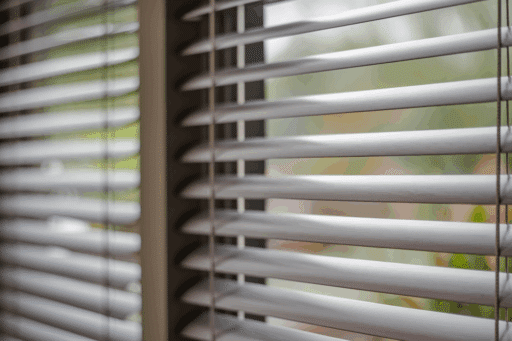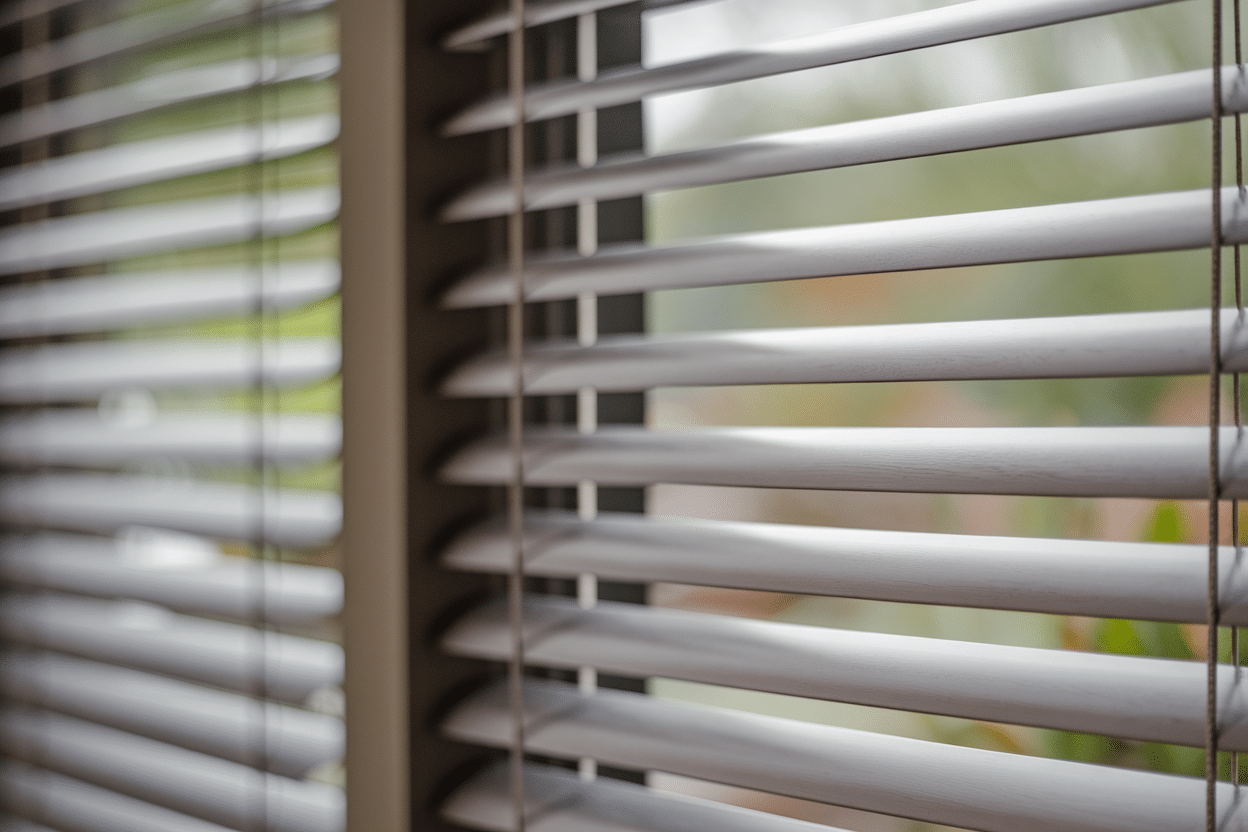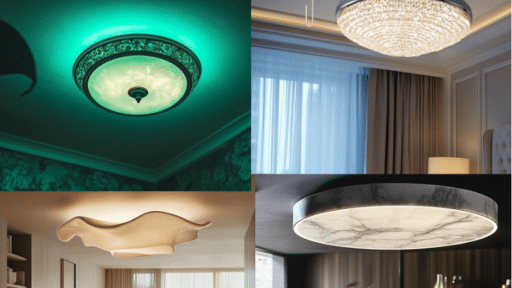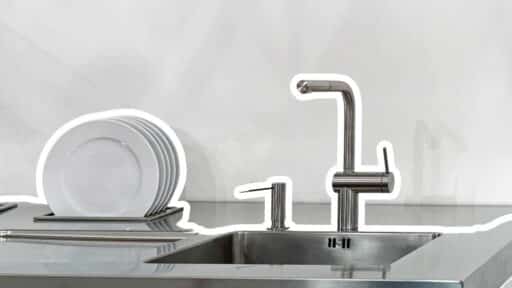If you’ve ever seen those windows with slim glass slats that tilt open, you’ve already met jalousie windows, and you might be thinking whether they’re right for your home.
It has been around for decades, yet many homeowners are still unsure if they’re practical today.
Today, let’s take a simple look at what makes jalousie windows different and why so many homeowners still talk about them.
By the end, you’ll have a clear picture of what these windows can offer- and whether they’re worth keeping or replacing.
What Are Jalousie Windows?
Jalousie windows are windows made of narrow slats that open and close together. The slats sit in a metal frame, and you can tilt them to let in fresh air or close them to keep rain out.
These windows work with a simple crank on the side. When you turn the crank, all the slats move at the same time.
They tilt open to let air flow through or tilt shut to block outside weather.
The slats can be made from different materials. Most homes use glass slats, but you also see acrylic or wooden slats in older houses.
The name “jalousie” comes from a French word that means “jealousy.” It refers to the idea of blocking the view while still letting air in.
These windows became popular in warm places like Hawaii and Florida because they help cool homes naturally.
Pros and Cons of Jalousie Windows
Jalousie windows have both good points and weak points. This table helps you see both sides in one place:
| Pros | Cons |
|---|---|
| Excellent natural ventilation because the slats open wide. | Poor energy efficiency since the slats don’t seal tightly. |
| Great for tropical and coastal climates like Hawaii and Florida. | Easy to pry open, which makes them less secure. |
| Low-cost slat replacement since you can replace one piece at a time. | Rust, corrosion, and stuck cranks are common maintenance issues. |
| Quick airflow control using a simple crank. | Not good for cold climates because of heat loss and condensation. |
| Works well for homes that depend on strong natural airflow. | May need upgrades like seals, Low-E glass, or better locks. |
This table gives a clear view of what jalousie windows do well and where they fall short.
Types of Jalousie Windows
Jalousie windows come in several styles and materials. Each type works in a different way and offers its own mix of comfort, airflow, and durability.
1. Traditional Crank Jalousies
Traditional crank jalousies use a hand crank to open and close all the slats at the same time. This design gives you simple airflow control and works well in warm climates.
They are common in older homes and are easy to repair. While affordable, they offer limited insulation and need regular upkeep.
2. Modern Motorized Jalousies
Modern motorized jalousies open and close using a small electric motor instead of a hand crank. They are great for hard-to-reach areas and improve everyday convenience.
You can control them with a switch or remote, making the operation smoother. These windows offer a cleaner, modern look but usually cost more than manual versions.
3. Aluminum vs. Wood Frames
Aluminum frames are light, strong, and resistant to rust, which makes them ideal for humid or coastal areas. They offer long-lasting performance with very little maintenance.
Wood frames bring a warm, natural look that fits older or traditional homes. However, wood needs more care to prevent rot, warping, or termite damage.
4. Glass Slats vs. Acrylic Slats
Glass slats give a clear view, resist scratches, and stay attractive over time. They work well in most homes and handle sunlight without fading.
Acrylic slats are lighter and less likely to break, making them safer for some spaces. But acrylic can scratch more easily and may become cloudy after long exposure to the sun and weather.
5. Specialty Glass Options
Specialty glass upgrades help improve comfort and energy control. Low-E glass reduces heat from the sun, making rooms cooler. Tinted glass cuts glare and adds privacy without blocking airflow.
Laminated glass strengthens security by holding together if broken. These options help modernize jalousie windows while keeping their natural ventilation benefits.
Where to Buy Jalousie Windows

Finding the right jalousie windows starts with knowing where to buy them and how much they typically cost.
Buying Guide
You can buy jalousie windows and replacement parts online from easy-to-access platforms. Amazon offers full window units, slats, clips, and hardware with fast shipping.
You can also check major home improvement retailers like Home Depot and Lowe’s for jalousie-style windows or compatible parts through special order.
Online marketplaces and window supply shops also carry slats, operators, and other repair items, making it simple to compare prices and choose what fits your home.
Cost
Jalousie window prices depend on the size of the window, the material you choose, and the labor needed for the job.
| Cost Type | Verified Price Range |
|---|---|
| New Installation | $300 – $600+ per window |
| Full Replacement (standard size) | $150 – $400 per window |
| Slat or Hardware Replacement Only | $50 – $150 per section |
| Labor Cost | $100 – $300 per window |
| Hawaii & Florida Pricing | 10%–25% higher due to shipping, climate needs, and upgraded materials |
These numbers give you a clear idea of what homeowners typically pay and help you plan your budget with confidence.
How to Repair Jalousie Windows
Keeping your jalousie windows in good shape is simple when you follow a few basic steps.
- Inspect the Window for Damage: Start by opening and closing the window to spot loose slats, stiff cranks, or rusted parts. A quick check helps you understand what needs attention before you begin.
- Fix or Replace Broken Slats: Lift damaged slats out of their clips and slide new ones into place. Make sure the slats sit straight so the window seals well and keeps out dust and rain.
- Replace Worn Hardware: Remove old cranks, arms, or clips using a screwdriver or drill. Install new parts in the same spots and tighten everything so the window moves smoothly.
- Lubricate Moving Parts: Clean dirt from the tracks and spray a light silicone lubricant. Turn the crank a few times to spread it evenly and prevent sticking.
- Clean and Remove Rust: Brush off rust from metal parts and apply a rust remover. Wipe it clean and add a thin layer of oil to protect the metal from future damage.
You can also watch the full video for a clear view of each repair step. It walks through the same process shown in this blog:
Modern Upgrades for Old Jalousie Windows
Jalousie windows can still work well with the right upgrades, even if they’re older. A few simple improvements can boost comfort, efficiency, and security without replacing the whole window.
- Weatherstripping: Seals small gaps to keep out heat, dust, and drafts.
- Better Locks: Stronger locking systems make the windows safer and harder to pry open.
- Security Screens: Add protection while still allowing airflow.
- Upgraded Slats: Switching to insulated or Low-E glass improves energy efficiency and comfort year-round.
Small upgrades can make jalousie windows perform surprisingly well for modern needs. Choose the improvements that match your climate, comfort level, and security goals.
Best Alternatives for Jalousie Windows

If you want the airflow of jalousie windows but need better energy efficiency, security, and durability, these alternatives are great choices.
| Window Type | Why It’s a Good Alternative | Where to Buy |
|---|---|---|
| Awning Windows | Opens outward from the top, allows airflow even in light rain, more energy-efficient. | Buy here |
| Sliding Windows | Easy to use, great for wide openings, low maintenance, and a modern look. | Buy here |
| Casement Windows | Swings open like a door, has excellent sealing, strong airflow, and is very energy-efficient. | Buy here |
| Louver Hybrid Windows | Modern slatted design, optional motorized systems, better performance than classic jalousies. | Buy here |
You can also buy awning, sliding, casement, and louver hybrid windows from other online retailers like Home Depot and Lowe’s, which offer easy ordering and nationwide delivery.
You can also shop directly from major window brands such as Andersen, Pella, Marvin, Milgard, and Window World through their online stores.
For custom louver-style hybrids, many specialty window shops also sell made-to-order options on their websites.
These alternatives give you better comfort, more safety, and a longer-lasting option while still letting fresh air flow through your home.
Are Jalousie Windows Still Worth It?
Jalousie windows are worth keeping if you live in a warm or coastal climate and want strong natural airflow. They work well in places where cooling by ventilation is more important than insulation.
They’re not worth keeping if you need better energy efficiency or security. The slats don’t seal tightly, can raise energy bills in cooler areas, and are easier to pry open.
If your windows are rusted, worn, or damaged, replacing them with awning, casement, or sliding windows is a better long-term choice
Conclusion
Choosing the right windows can make a big difference in how comfortable and functional your home feels, and jalousie windows are no exception.
Understanding how they work, where they perform best, and what options you have moving forward helps you make a confident decision.
If you’re keeping the ones you have, upgrading them, or switching to a new style, the goal is to create a space that fits your climate, budget, and comfort needs.
If you’re ready to take the next step – whether that’s comparing styles, finding alternatives, or checking prices. Start your search with the options and choose the one that fits your home best.








